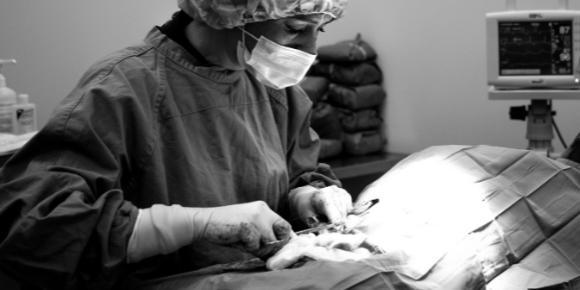
- posted: Mar. 03, 2023
- Doctor's Notes
We’ve all heard about how important it is to spay and neuter our pets. It can help keep homeless pets out of shelters and off of the streets. A whopping three million shelter pets are euthanized every year! This is difficult to accept and can be controlled in great part by keeping animals spayed and neutered, since dogs and cats reproduce at a much greater rate than people do.
Did you also know about the other benefits associated with spaying or neutering your pet? Keep reading to find out more!
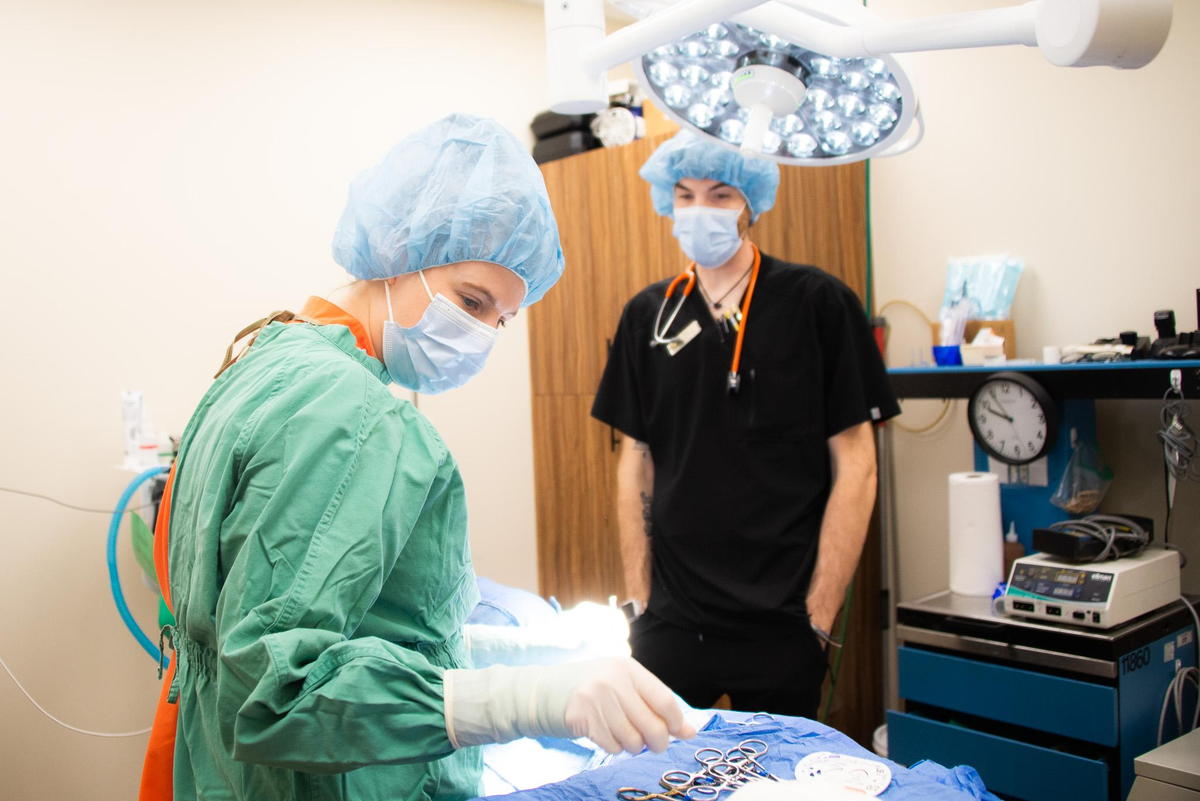
Top Reasons to Spay or Neuter Your Pet:
- Altered pets generally live longer. This can be as great as 1-3 years for dogs and 3-5 years for cats. That’s a big difference in time spent with your beloved companion! Spaying and neutering can help prevent mammary and perianal tumors, various cancers, and pyometra.
- Spaying and neutering decreases you pet’s roaming urge. This means they’re home, safe from traffic, being lost, and contracting diseases.
- It can reduce aggression. For example, intact cats are more likely to fight each other.
- You community is safer and more peaceful. Strays can cause car accidents, injuries, livestock and pet injuries and deaths, as well as nuisances like public soiling, landscape disturbances, and loud noise from barking.
- As sad as it is, animal control and euthanasias can cost taxpayers and other agencies $1.5 billion annually. This is necessary to prevent the spread of serious diseases like rabies.
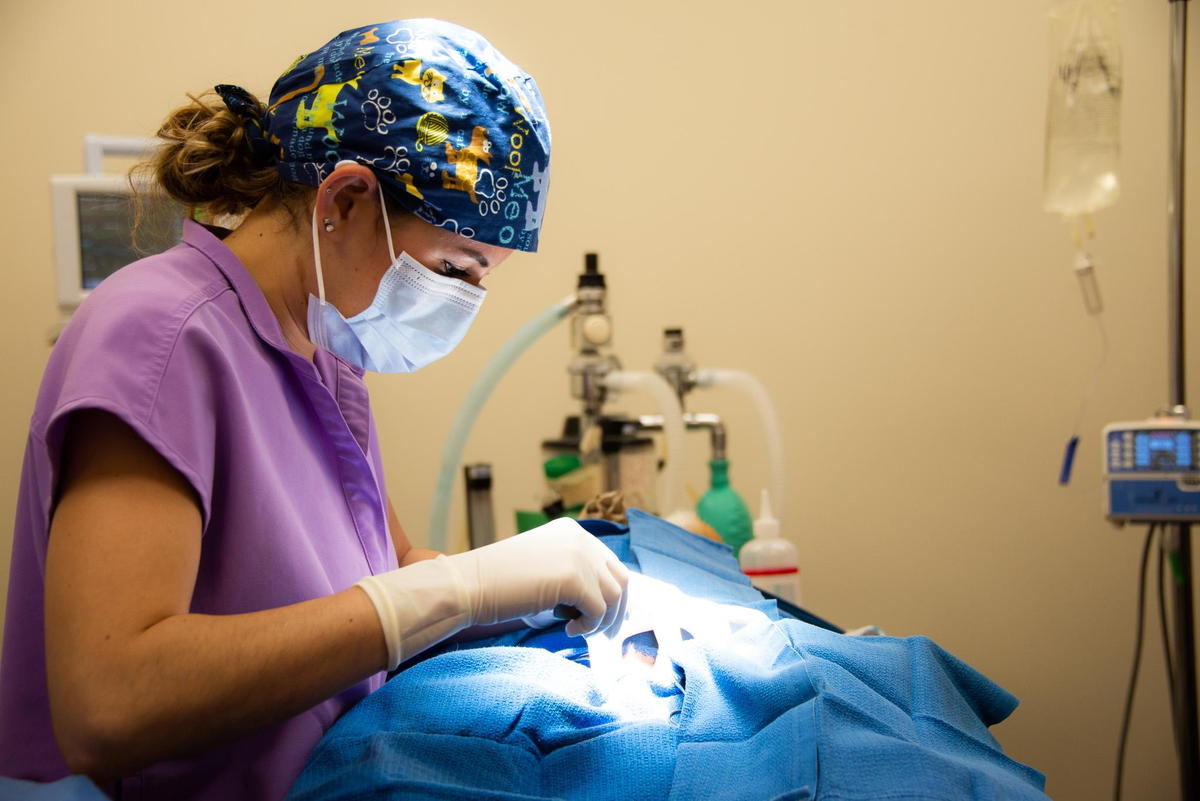
What is spaying?
Spaying, or ovariohysterectomy, involves removing the ovaries and uterus, resulting in a female animal that cannot reproduce. The pet will cease to have heat cycles.
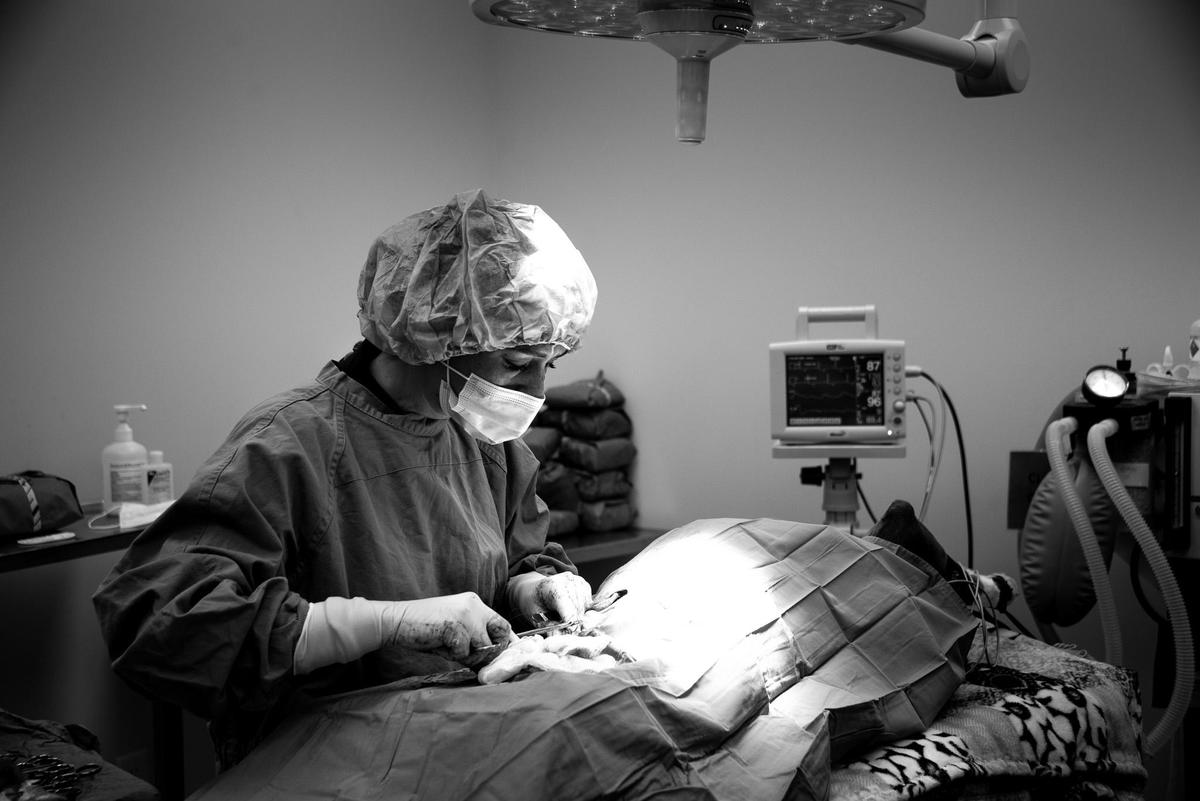
What is neutering?
Neutering is castrating a male animal, removing their reproductive organs, the testes. This sterilizes the animal as well as providing other benefits like removing the urge to “mark their territory” by curbing excessive urination patterns. Anyone who has lived with an unaltered male cat knows how annoying this behavior can be! Neutering is less of an invasive procedure than spaying is.
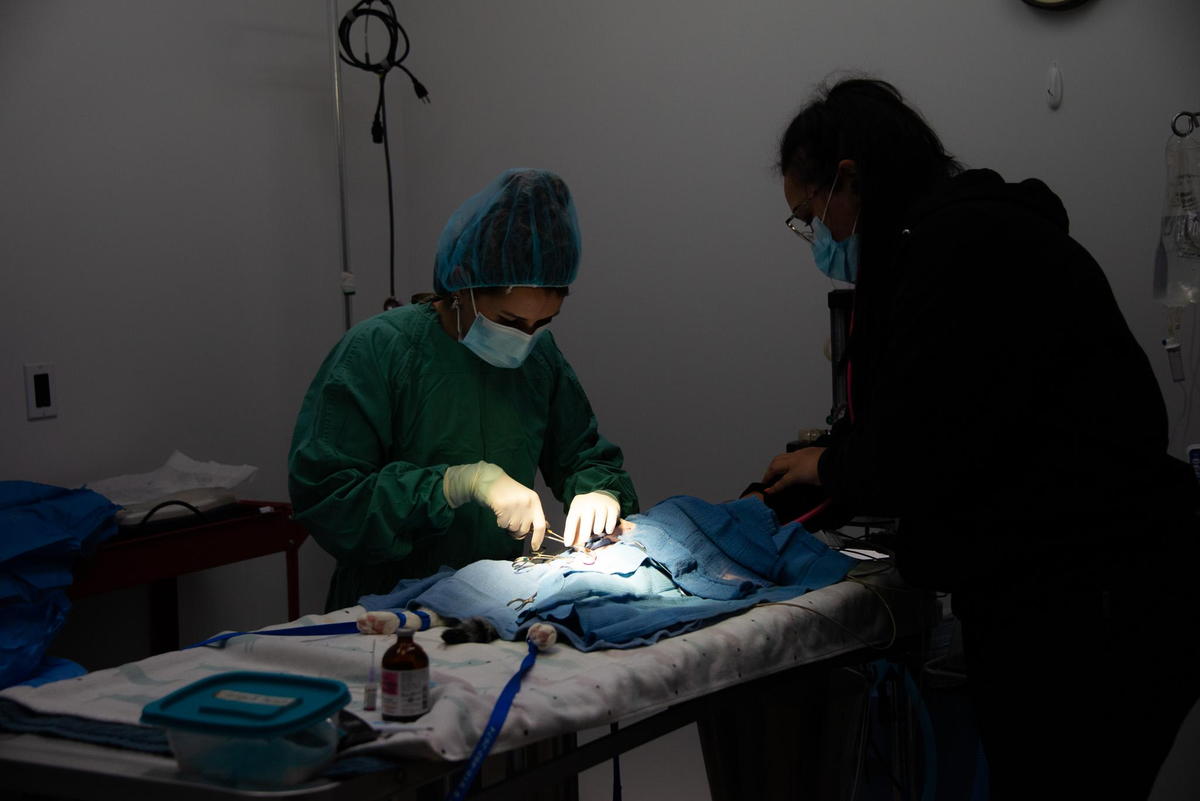
The Procedure
We start with anesthesia to induce a deep sleep. In a spay surgery, an incision in the abdomen allows the ovaries and uterus to be removed. In a neuter surgery, a small cut in front of the scrotum allows the removal of the testicles, after which the vas deferens is tied off. Veterinary staff carefully monitors a pet’s heart and breathing rate throughout the procedure. They also provide pet owners with home care instructions once the pet comes out of surgery.
With numerous health benefits, as well as doing our part to control the pet population, spays and neuters are an important part of veterinary medicine. It is one of our most common procedures! As always, feel free to give us a call with any questions you have!
Location
Find us on a map
Tulsa Office
7811 E 71st St A
Tulsa, OK 74133, United States
Office Hours
Tulsa Office
7:30 am - 7:00 pm
7:30 am - 7:00 pm
7:30 am - 6:00 pm
7:30 am - 6:00 pm
7:30 am - 6:00 pm
8:00 am - 6:00 pm
Closed
Broken Arrow Office
7:30 am - 6:00 pm
7:30 am - 6:30 pm
7:30 am - 6:00 pm
7:30 am - 6:30 pm
7:30 am - 6:00 pm
8:00 am - 6:00 pm
Closed
